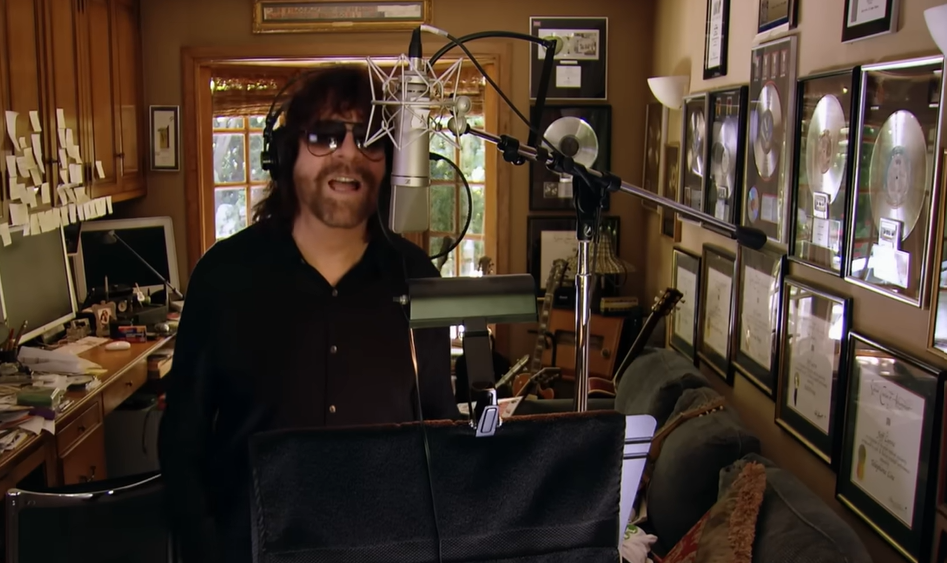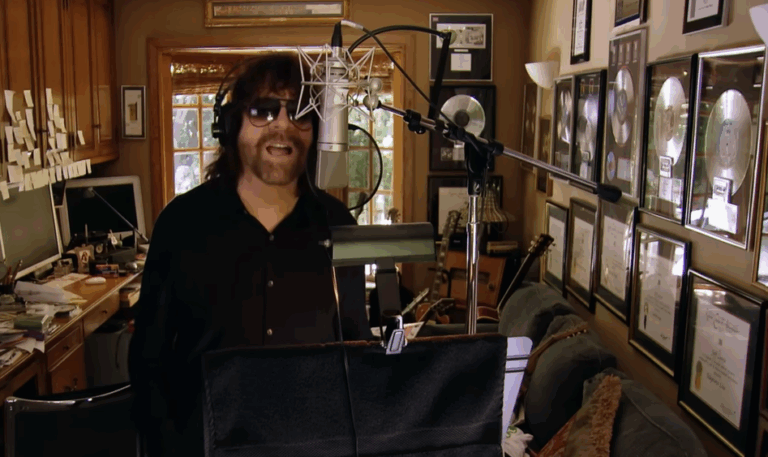Over the course of six decades, Jeff Lynne’s financial success has been remarkably stable, based on accuracy, durability, and multi-layered craftsmanship rather than spectacle. In contrast to many of his contemporaries, Lynne has remained remarkably relevant—sometimes inconspicuously, but always profitably. Since Electric Light Orchestra was revived under the new name Jeff Lynne’s ELO, his estimated net worth has significantly increased, currently hovering around $100 million. This figure represents a legacy that extends from analog tape to Spotify’s billion-stream milestone; it is more than just a numerical value.
Lynne had already established himself as the sonic designer of ELO’s elegant yet approachable sound by the middle of the 1970s. His double album Out of the Blue, which included international hits like “Mr. Blue Sky” and “Turn to Stone,” turned into a commercial masterpiece. Despite being decades old, these songs are currently bringing in new digital revenue, mostly as a result of licensing agreements and a resurgence in streaming. In addition to being artistic, his choice to keep creative control over writing, producing, and performing was also incredibly successful in maintaining the flow of royalties.
| Full Name | Jeffrey Lynne |
|---|---|
| Date of Birth | December 30, 1947 |
| Age | 77 |
| Birthplace | Birmingham, England |
| Nationality | British |
| Occupations | Musician, Singer, Songwriter, Producer |
| Active Since | 1963 |
| Bands | ELO, Traveling Wilburys, The Move |
| Notable Albums | Out of the Blue, Discovery, Time |
| Children | Stephanie Lynne, Laura Lynne |
| Spouses | Rosemary Adams, Sandi Kapelson, Camelia Kath |
| Net Worth (2025) | Estimated $100 million |
| Official Website | jefflynne.com |

His catalog has become extremely valuable in the last ten years. The licensing of movies, TV shows, ads, and athletic events has increased. By using “Mr. Blue Sky” in Guardians of the Galaxy Vol. 2 and in numerous advertisements, he was able to reach a whole new generation of viewers. That’s a financial twist fit for a ballad for an artist who was born in England during the rationing era.
By joining the supergroup Traveling Wilburys with George Harrison, Roy Orbison, Tom Petty, and Bob Dylan, Lynne increased his earning potential through calculated partnerships. These were timeless records that continue to bring in money from sales, reissues, and streaming—not just egotistical jam sessions. His position was extremely effective both financially and artistically because he was able to work covertly behind megastars while maintaining publishing rights and production credits.
Jeff Lynne created sound identities rather than just hits. His collaborations in the studio with George Harrison’s Cloud Nine and Tom Petty’s Full Moon Fever demonstrated his ability to elevate others while enhancing his own reputation. He stayed up to date without ever following trends by doing this. His career path is especially helpful for up-and-coming musicians as an example of sustainable artistry. Although Lynne’s name isn’t always on the front page, it’s usually on the liner notes, which is where the real money is.
His “Over and Out” tour was billed as the last act in recent years, but it brought in a tidy sum. North American shows sold out in a matter of hours. Several revenue streams were made possible by premium ticket tiers, unique merchandise, and behind-the-scenes content. These performances were given emotional weight by the passing of keyboardist Richard Tandy during this time, but it also rekindled interest in ELO’s classic repertoire. Royalties increased along with the number of streams.
Lynne has always been surprisingly quiet, in contrast to other rock stars who tended toward extravagant lifestyles. He has frequently expressed his distaste for the customary trappings of a rock star, favoring long studio sessions over parties. In addition to protecting him from the financial collapses that were typical of his contemporaries, this deliberate decision enabled him to reinvest his profits in intellectual property rights and personal studios. He created a self-sustaining creative ecosystem.
Legacy artists have been forced into new revenue brackets by Spotify and Apple Music over the last three years. During this transition, Jeff Lynne’s music has held up remarkably well, with songs that are both sonically new and algorithmically appealing. His catalog does well across genres and generations by fusing classic melodies with poignant lyrics.
Lynne proved that his musical intuition was still keen by working with artists such as Joe Walsh, Regina Spektor, and Bryan Adams. These endeavors, which are frequently disregarded by casual listeners, were highly esteemed in the field and resulted in accolades, sync placements, and lucrative publishing deals.
Today’s AI-powered music production makes Jeff Lynne’s legacy feel especially avant-garde. In the 1970s, he was manually layering textures and harmonies that modern algorithms still try to replicate. His early use of analog production equipment and multi-tracking served as a model for modern digital workflows. His musical DNA subtly continues to influence the industry as contemporary producers take inspiration from his methods.
While many performers suffered from postponed tours during the pandemic, Lynne’s studio-first lifestyle worked to her advantage. His income increased as a result of digital licensing, re-releases, and remote sessions. Gen X and Gen Alpha fans rediscovered ELO through Netflix documentaries, TikTok nostalgia, and carefully curated playlists—platforms that pay, and pay well.
By 2025, his net worth is a case study rather than just a figure. A very successful one. It demonstrates how perseverance, flexibility, and a refusal to blend in with the crowd can pay off handsomely. Few people can match Lynne’s position at the top of the musical vault as the streaming economy changes and record labels search for timeless catalogs.


